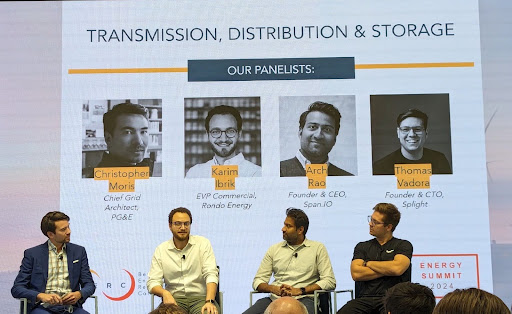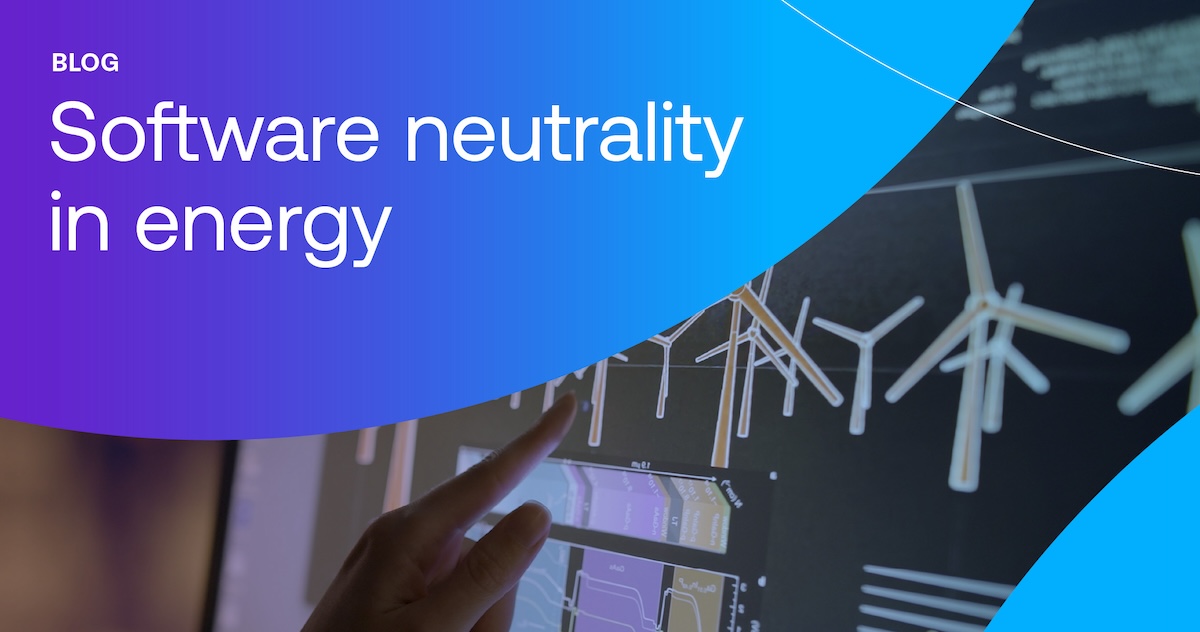
Discussing timely grid related topics at the BERC Energy Summit
A recent panel at the BERC Energy Summit tackled some crucial, if not sobering issues facing the grid today. Christopher Moris, PG&E’s Chief Grid Architect, set the tone for the discussion early, pointing out that the company has seen a 70% increase in energy demand. He added, “We haven’t seen anything like this since post World War Two.” Of course, in California as well as many other geographies, the pressure is on utilities to not only meet expected further growth in load while also increasing the amount of clean energy on the grid.
Mr. Moris and his fellow panelists were in agreement that much much of the load growth we’re seeing is resulting from EV adoption as well as a switch over from gas-powered heating and appliances. Karim Ibrik, EVP Commercial for the industrial energy storage company Rondo Energy, also suggested that increased loads from industrial customers are part of the mix.
On the flip side, Thomas Vadora, Founder & CTO of the grid software company Splight, mentioned another issue, large scale curtailment of renewable energy. Beyond a massive build up of grid infrastructure, which Mr. Moris said PG&E couldn’t do and their customers couldn’t afford anyway, how can the energy industry meet the twin challenges of increased demand while also further decarbonizing the grid?
Not surprisingly, the panel’s answers largely depended on the solution their companies were providing. One area of agreement was that the current grid is overbuilt so that it could still be relied upon even in worst case scenarios. Mr. Vadora suggested that software could orchestrate the grid by dynamically turning generators on and off according to grid conditions monitored in real time. Mr. Moris also mentioned that PG&E was deploying a flexible service that would use SCADA signals to deliver up to four times the amount of energy.
Shaping the load on the grid came up as another approach. Arch Rao, Founder & CEO of SPAN.io touted the ability of his company’s smart electrical panels to manage home appliance use to control home load. Rondo’s Ibrik mentioned that large industrial loads could also be flexibly controlled.
As for what is needed in California to help the industry, the lack of real-time energy pricing was brought up as a barrier. Mr. Ibrik said real-time pricing would help customers manage their loads in a flexible manner that would benefit the grid.
Regarding virtual power plants and distributed energy resource management systems which are often brought up as flexible solutions, Mr. Rao suggested that the current amount of grid assets these applications could control limits their value. Mr. Moris seemed to disagree by saying that there is a trend where we will see an increase in 100 MWh batteries in the form of EVs sitting in garages. “It will change the calculus to where DERs (distributed energy resources) are in abundance,” said Mr. Moris.
Throughout the discussions, one thing was clear. The solutions that all of the panel’s participants brought up will depend on data exchanges with energy devices. Given the constant cyberattacks on the grid and other critical infrastructure, it’s essential that these exchanges are based on secure and trusted data and devices. Intertrust’s Explicit Private Networking (XPN) technology gives energy companies and their partners the zero trust architecture based approach needed to keep the data backbones of the digital energy future secure and reliable.




